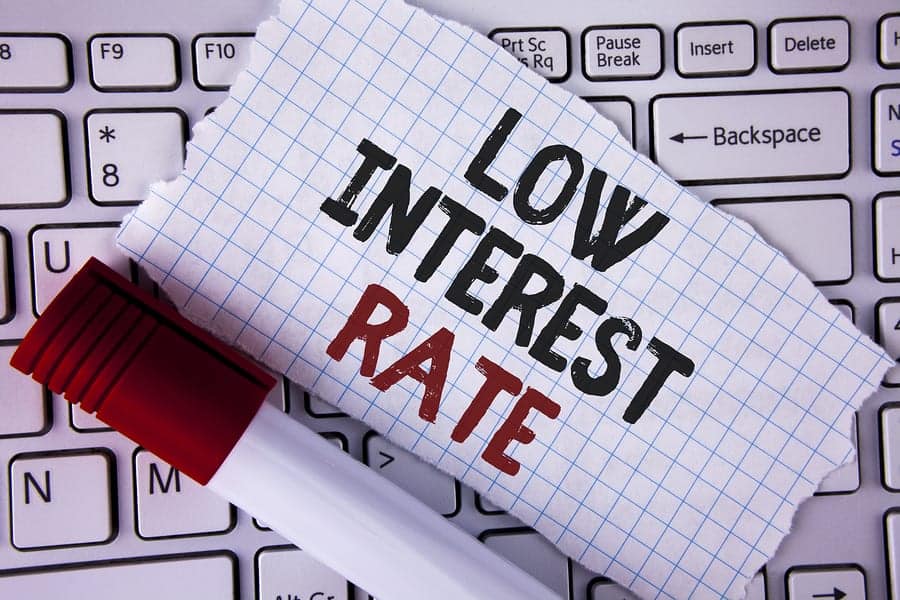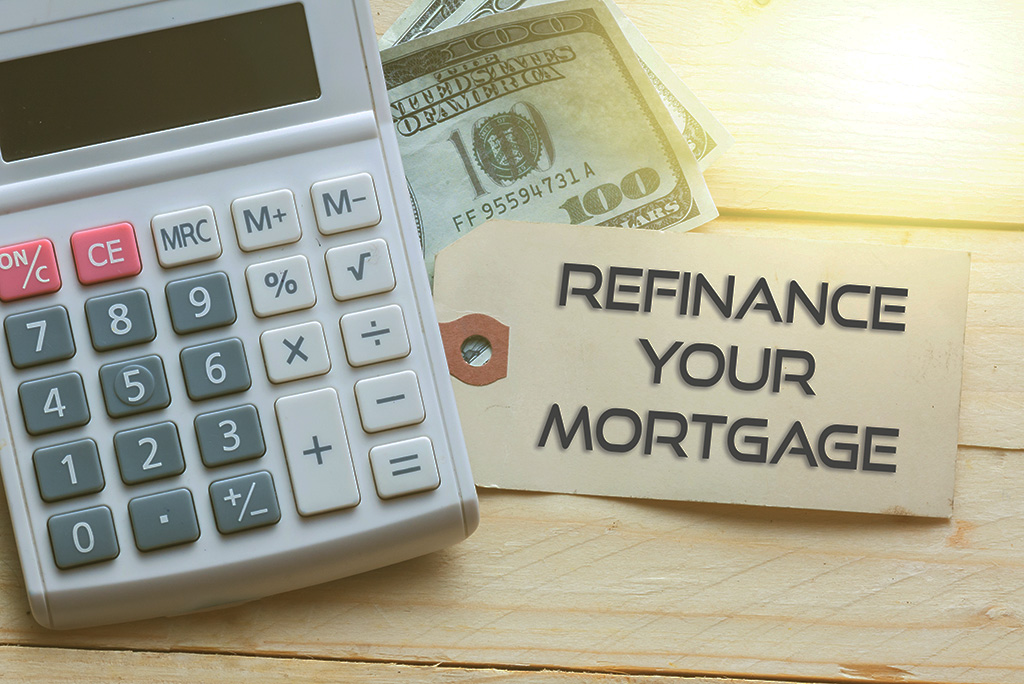To a lot of persons, this term is new and unfamiliar. However, it is a common term used in the mortgage or loan space. If you have acquired a business loan or plan to do so in the future, then you should consider reading this article to the end.
Those conversant with debts such as mortgages know that when these loans are acquired, a repayment timeframe, as well as an interest rate, is set. However, only a few persons know that these lending terms could be changed. This is done using a refinance option.
This option makes it possible to exchange an already existing credit with a recent one. This means that a person who has a previous debt takes a fresh loan and his or her former debts are paid and only left with the new debt. You could look up refinansiering av lav rente for details on how to get this facility at a low-interest rate.
As simple as it sounds, you need to apply and get approval before you can access a refinance option. This is one of the best loan settlement options available especially for businesses. However, it is important to understand the entire concept as well as its pros and cons before getting involved.
The Refinancing Process
The refinance process has helped a lot of debtors settle loans. There are different reasons why you may want to go for this option. Survey has shown that most persons prefer to refinance because they want a better and more favorable loan repayment option.
In 2020, statistics showed that mortgages were at their low as well as personal loans. This is because refinancing options were made available to individuals due to the pandemic. There are some factors that can qualify you for a refinance. Some of these factors include improvement in credit score, increase in business revenue, and having a debt of over two years.
See credit card refinancing vs debt consolidation. There is no distinction between debt consolidation and credit card refinancing; both are terms that refer to taking out a personal loan to pay off your credit card debt. It’s possible to consolidate only your credit cards with a debt consolidation loan, but you’re not restricted to that option.
Available Refinancing Options
There are various options that you can choose from depending on the terms of what you are comfortable with. These options are:
Rate Refinancing
When we refer to refinancing, we can classify this option as the most popular. This simply refers to an option in which the individual must repay the initial loan in full. However, the new loan to be taken would have a lower interest rate.
Cash-Out Option

This option has to do with asset ownership and loaning. This remains the best approach for those who own appreciating assets like landowners. Instead of selling off the property, you would only be required to take a loan at that property’s current market value.
If you already have a property that has appreciated, you can access the new increase easily. This will increase the total amount of loan you can collect, and you will still be the owner of the property.
Cash-In Option
Unlike cash-out in which you can increase the total loan collected, cash-in requires you to pay up some part of the original loan in exchange for a smaller loan package.
Consolidation Refinancing
This option is most common with business owners who have several loans and would like to lower the average rate on interest. You will be required to demand a lower loan package which will serve as a replacement for the former debt.
Reasons Most Persons Take a Refinance
There are several reasons why most individuals take a refinance. Some of the best reasons include:
To Reduce Interest Rate on Debt Owed

This reason is most common amongst homeowners who go for the rate refinance term. This loan repayment option has over time helped homeowners save more money on their mortgage payment as well as pay up faster. When interest is reduced, it makes it easier to lend money as well as pay on time.
Faster Cash Flow and Access
If you acquired some high-interest debts on your credit cards or private accounts, you can easily have access to cash through the cash-out option. This option can grant you access to easy cash flow as well as save you from bearing more high-interest loans.
Bypass Mortgage Insurance
Individuals who plan to acquire a home through an FHA (Federal Housing Administration) loan suffer the pain of having to pay for mortgage insurances which are compulsory and on the high side. You may spend so much paying these bills in the long run. However, with a refinance option, individuals can now convert their loans into regular mortgage loans which would help to lessen the cost of mortgage insurance. Note that this transfer can only be done when over 25 percent of the home equity belongs to you.
What Loans are Qualified for Refinancing?
Almost every debt qualifies to be refinanced. However, the most common loan recorded to be applied or is mortgages. According to research, during the pandemic in 2020, over 18% of homeowners took a refinance package.
Others took business loans. Some business loans that are qualified for refinancing include capital loans, real estate funding, term loan, loans for equipment purchase, business expansion loans, etc. Loans gotten through SBA (Small Business Administration) have a refinancing option available to borrowers and must be gotten through them. However, if an individual is refused access to this option, then he or she could seek another lending service for this option.
Students also took loans, which are classified under personal loans alongside loans for automobiles. When students take a federal loan, they would need to contact a private borrower to refinance this debt. Doing this automatically prevents you from getting most federal benefits, such as future debt cancellations. You can click here to see some benefits of federal student loans.
How Can You Access a Refinance?

Perhaps you are already considering taking your chances with this option. Getting it doesn’t require much as it only needs the same requirements as getting an initial loan. However, you must understand the prerequisites before getting started because different lenders have different terms.
Before picking a package, you can review your current debt as well as the interest rate on your account to be sure you need it. Also, determine the amount you need to lend and the available rates. As convenient as it seems, there are some fees attached to refinancing. Knowing these fees can also assist in your decision process.
Additionally, some online resources like a refinance calculator should assist in calculating whether you should take one or not. The fees are paid according to a certain percentage of the credit you want to collect. Some of the fees charged might include the origination fee, appraisal fee, prepayment penalty charge, and underwriting fee.
It is normal for lenders to go through your credit scores. They would be in search of debt utilization rate, length, and the type of debt. They will also check how long you have been in business together with the history of your income flow. You might also be required to present documentation like Bank statements, business plans, tax returns, balance sheets, and accounts payable.
It is possible to refinance a loan taken with another financial institution. Make sure you compare the interest rates of both before going ahead with that option.
Advantages and Disadvantages of Refinancing
Some major advantages of this option are:
- It helps to reduce the interest rate on loans taken over a long period.
- It can help you save more money.
- There is a chance to increase your working capital.
- Improving the ratio of debt utilization can boost your credit score.
On the other hand, some disadvantages are:
- It can affect your credit score negatively.
- You may be required to pay some fees in form of prepayment penalties.
- The fees may be more than the savings thereby making it difficult to sustain the current loan.
- Extending loan periods can lead to higher interest.
Conclusion
Getting ready to repay a debt does not produce the best of feelings especially if it has a high-interest rate. Many businesses, as well as individuals, use the refinance option to reduce interest rates on their debts. Doing this makes it easier to pay off as well as save more money in the long run. There are several benefits attached to this process. However, you should consider the negative effects like penalty fees.

